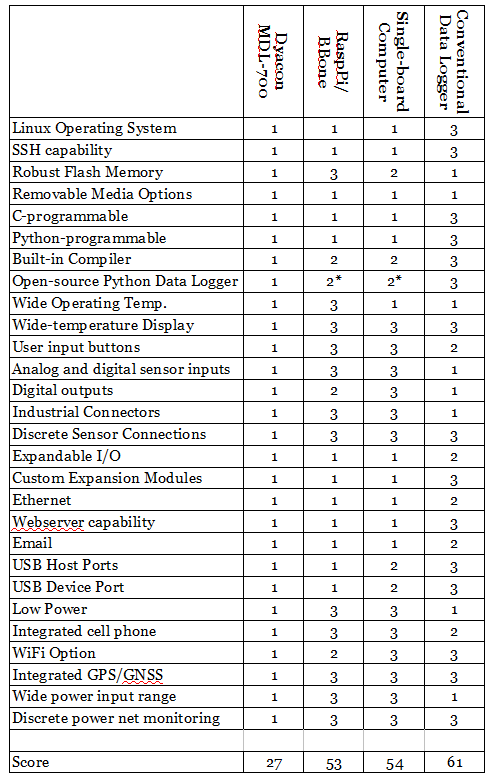
By: Hailey and Eugene
Date: 5/27/22
There is a wide variety of methods and instruments available for measuring wind speed and direction, so it can be overwhelming when deciding which one is right for your application. For meteorological applications, there are three basic types: 3-cup, helical, and ultrasonic.
3-Cup Anemometer
A cup anemometer is the most common anemometer on the market. The iconic design usually consists of 3 small cups that are connected to a central axis. 3-cup anemometers measure wind speed by the speed of the rotating cups. They are typically less responsive to rapid changes in wind speed when compared to ultrasonic devices; this can be good or bad, depending on the application and the characteristics of the instruments. For general meteorological use, 3-cup wind sensors mechanically provide accurate wind speed measurements.
The design is inherently omni-directional. This means they respond well to rapid changes in wind direction.
Due to their mechanical simplicity, these 3-cup designs can be very rugged. They are also simple to use and easy to troubleshoot.
3-cup anemometers are typically electrically passive, using a reed switch to indicate anemometer rotation. The speed calculation burden falls to the attached digital device. If properly designed, 3-cup anemometers can contribute to a very low-power system.
Freezing can be a problem for any anemometer. When evaluating 3-cup anemometers and vanes, look for wide drip skirts to shed precipitation. These reduce the potential for freezing. Anemometer and wind vane designs should avoid horizontal surfaces that can accumulate snow and allow water to puddle and freeze.
Wind Vanes
A wind vane for reading wind direction may be integrated with the 3-cup anemometer.
The vane orientation is typically indicated with a potentiometer, a device that changes electrical resistance when the shaft rotates a wiper on a resistance band. High-end devices will use a wire-wound resistor and metalic contact surfaces. Low-cost solutions will use a simple carbon-film potentiometer, which will have a lower operating life. Both potentiometers will have a 2 to 5 degree dead-spot where the wiper transitions from the maximum resistance to the minimum. This dead spot requires that the whole sensor be mechanically oriented for the dead spot to serve as “north.”
Propeller (or Helical) Anemometer
Propeller (or helical) anemometers look like wingless airplanes, with a propeller on the front and a rudder in back. The structure combines both wind speed and wind direction in one device. Electrically, these can be very similar to the 3-cup anemometers; wind direction is detected with a potentiometer and wind speed by a reed switch pulse. Some anemometers will use an inductive coil, resulting in a sine wave frequency that corresponds to wind speed. The circuitry to read the frequency output is more complex and more costly that a reed switch system.
Helical designs are unidirectional, which means the anemometer must rotate into the direction of the wind in order to measure the wind speed. Typically, this is not detrimental to wind measurements, but may be something to take into consideration for some cases.
Ultrasonic Anemometer
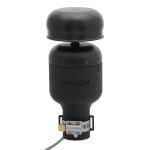 Ultrasonic anemometers are unique in that they measure wind speed and direction with ultrasonic pulses. Because they don’t have any moving components, ultrasonic wind speed and direction sensors can be more durable, and may take less effort to maintain compared to standard 3-cup sensors. They can be deployed in harsh environments or extreme weather conditions, where anemometers with moving mechanical components are more likely to be at risk for breakage, degradation, or corrosion. However, the lack of moving parts also presents a vulnerability to insect and bird contamination. Some ultrasonic anemometers can also be affected by rain, which may temporarily contaminate the reflective surfaces. Ultrasonic anemometers are also affected by both low and high wind speeds, which may give erratic readings.
Ultrasonic anemometers are unique in that they measure wind speed and direction with ultrasonic pulses. Because they don’t have any moving components, ultrasonic wind speed and direction sensors can be more durable, and may take less effort to maintain compared to standard 3-cup sensors. They can be deployed in harsh environments or extreme weather conditions, where anemometers with moving mechanical components are more likely to be at risk for breakage, degradation, or corrosion. However, the lack of moving parts also presents a vulnerability to insect and bird contamination. Some ultrasonic anemometers can also be affected by rain, which may temporarily contaminate the reflective surfaces. Ultrasonic anemometers are also affected by both low and high wind speeds, which may give erratic readings.
Temperature changes affect the speed of sound through air. Consequently, an ultrasonic anemometer needs to actively compensate for ambient temperature. This may complicate or reduce the environmental operating window of the instrument.
Depending on the sample rate, ultrasonic anemometers can be more receptive to quick changes in wind speed and direction. At high sample rates, the ultrasonic technology can be reliably responsive to wind turbulence. However, ultrasonic wind sensors may have a lower max wind speed than an equivalently priced mechanical. Wind turbulence through the sensor, sample rate, blowing precipitation, low transducer output, and other issues will create a technical imitation to the measurable wind speed.
All of the above issues are technical hurdles, but they combine to increase the electrical complexity, cost, and power budget of ultrasonic wind sensors.
Unlike the previous two anemometer technologies, ultrasonic wind sensors are active devices, requiring power to detect wind. Higher sample rates will require more power. While 30 to 60 mA may not seem like much, over time it can significantly add to the system cost, especially for autonomous systems. Some devices also have internal heaters, which are power hungry. Higher power budget adds to battery cost, solar power cost, shipping cost, and ongoing maintenance costs.
Dyacon Wind Sensors

Dyacon WSD-1 (and WSD-2) are 3-cup anemometers with integrated wind vanes. These are smart devices, incorporating digital circuitry in the anemometer itself. This allows for a high-degree of power optimization and multi-value output.
WSD-1 uses a Modbus RTU slave interface, and WSD-2 is an SDI-12 sensor.
WSD-1 is ideally suited for industrial applications and is used for Dyacon’s MS-100 series weather stations. The integrated electronics provide not only current wind speed measurement, but also 2 minute average, 10 minute average, and real-time gust capture. This reduces the burden in the host device, which would typically require significantly more power to calculate the same values. When our wind speed and direction sensor is used with automation systems, such as PLCs, the digital output and calculated values can reduce programming on the host device.
WSD-1 and -2 have proven track records with successful multi-year use in mountainous and desert environments with minimal maintenance. The service interval is 3 to 5 years, at which point Dyacon will change the bearings, update the firmware, and perform any other service for a 1 year warranty.
WSD-1 power draw is only about 2 mA, substantially less than ultrasonic sensors and other anemometers with on-board measurement processing.
Another differentiator for Dyacon WSD-1 and -2 is the wind vane uses a contactless vane sensor. As such, there is no dead spot. This allows the wind sensor to be electronically zeroed and eliminates a wear component.
We are also working on some new and exciting stuff that will serve the needs of our commercial and industrial clients. So, keep your eyes on our announcements.
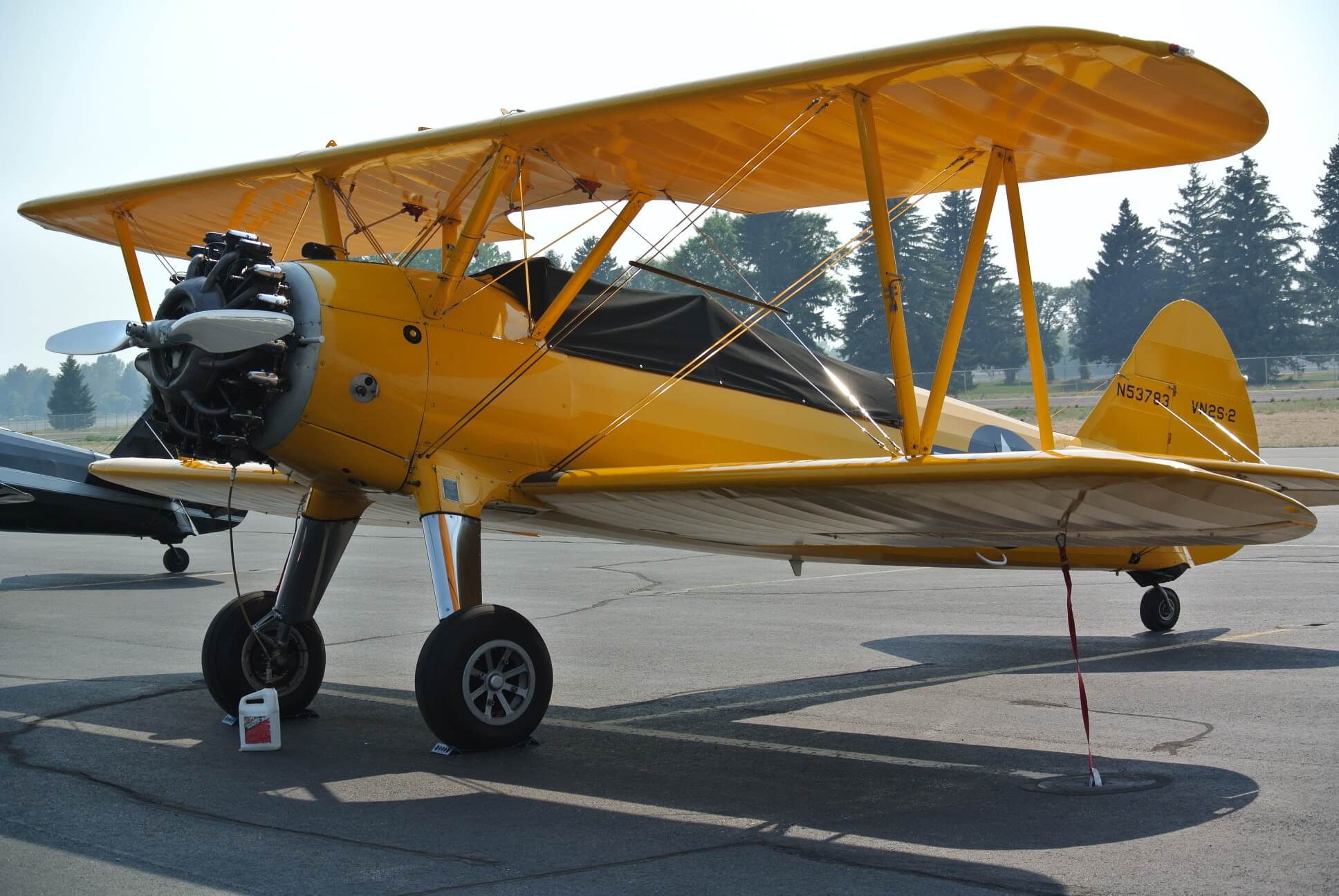
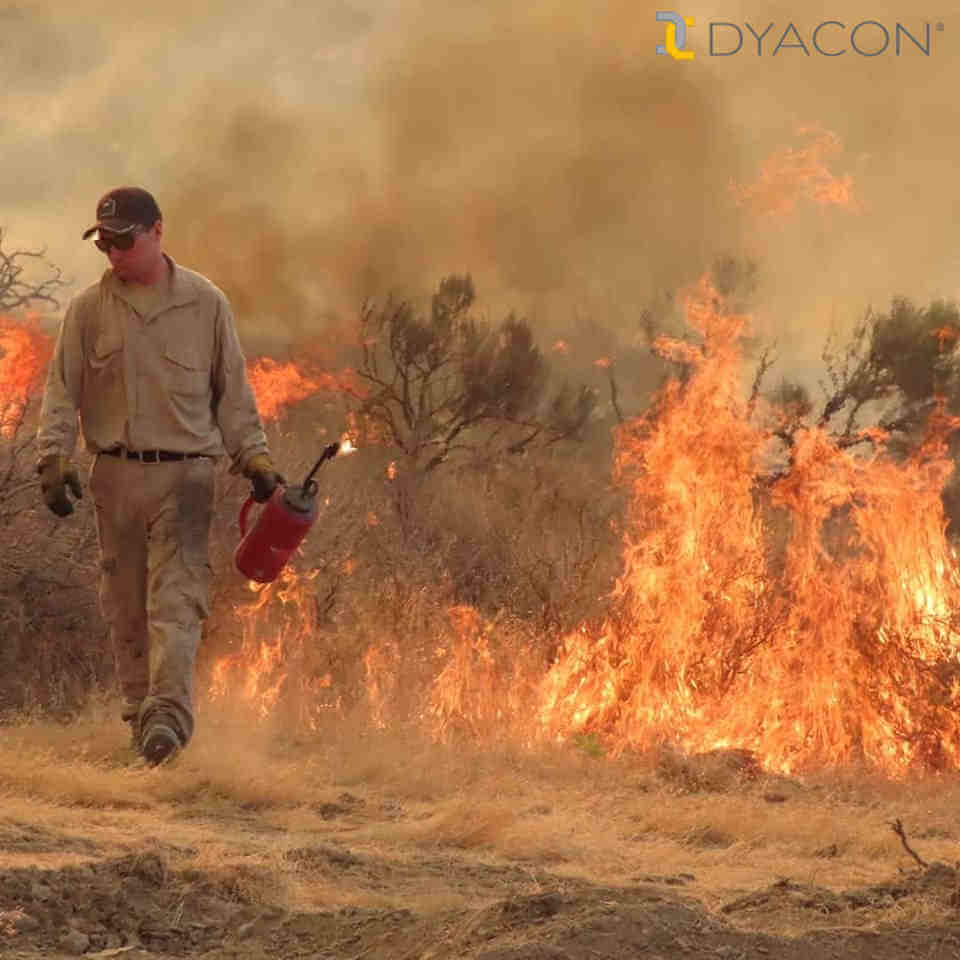
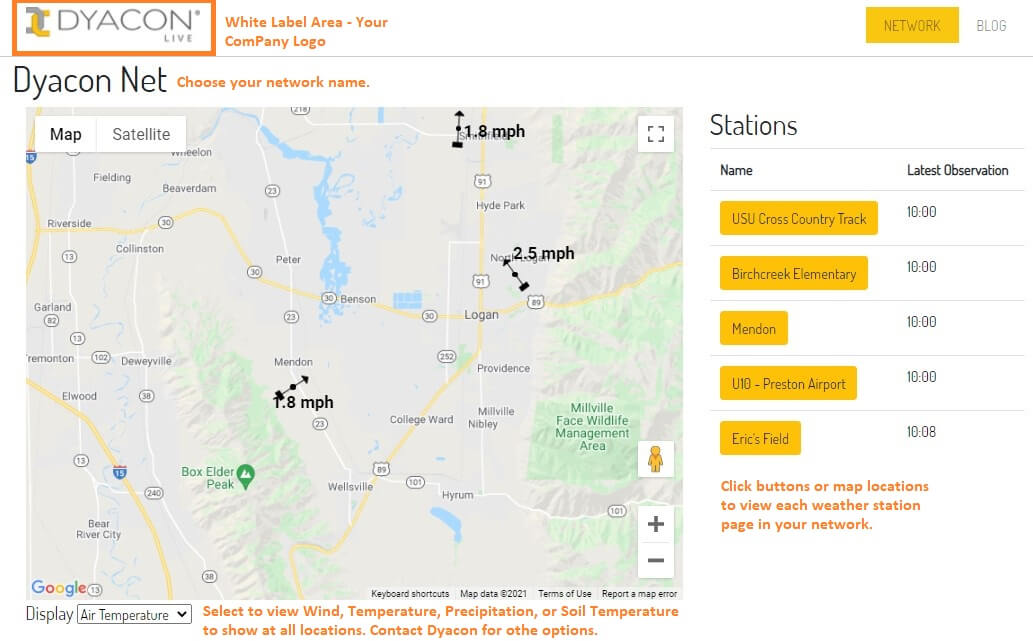


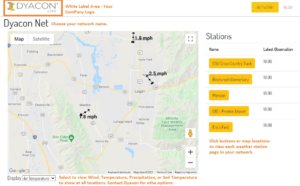
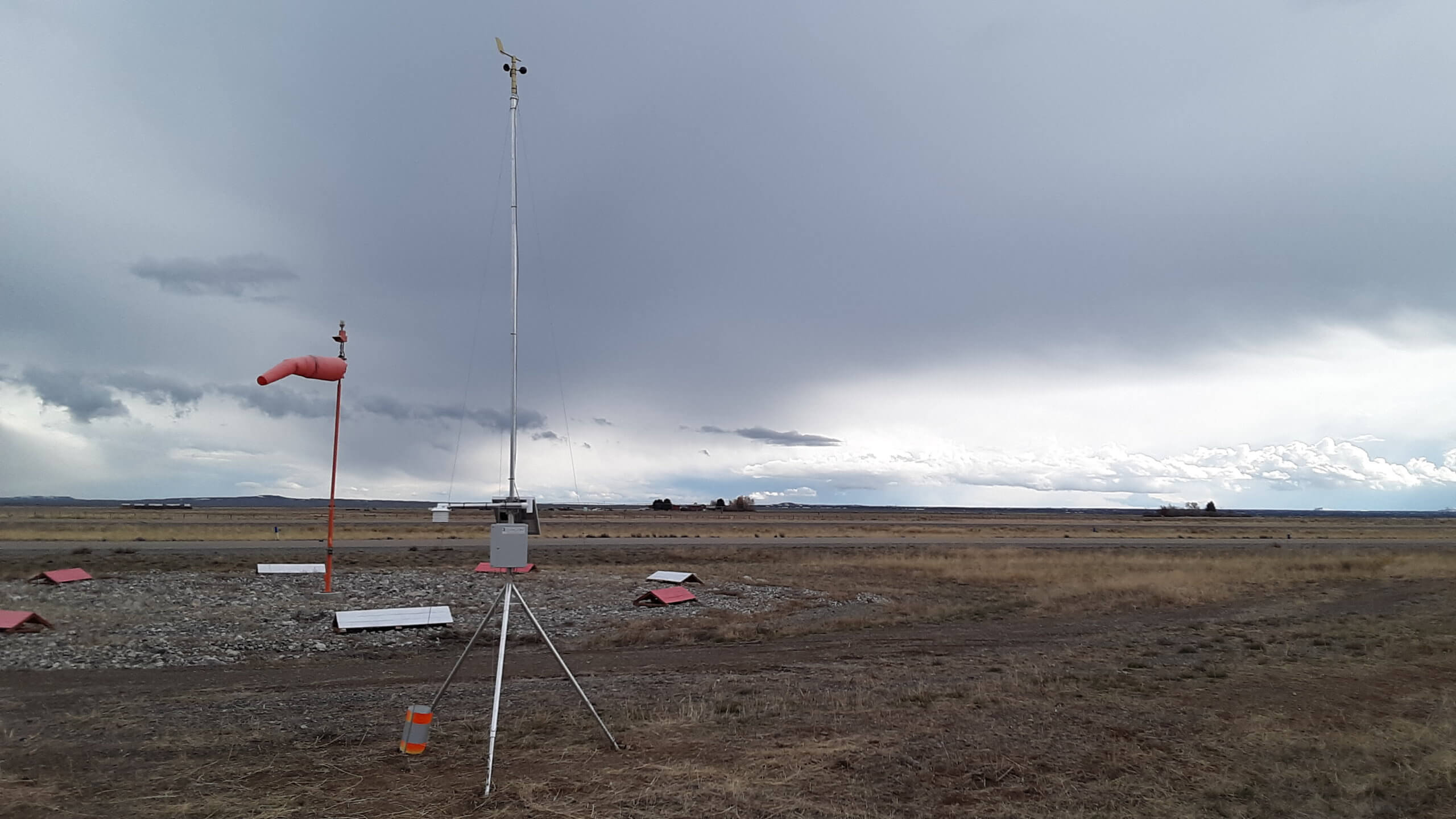
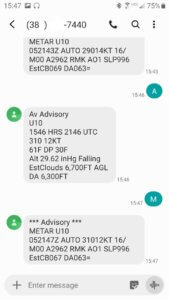
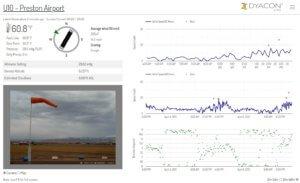
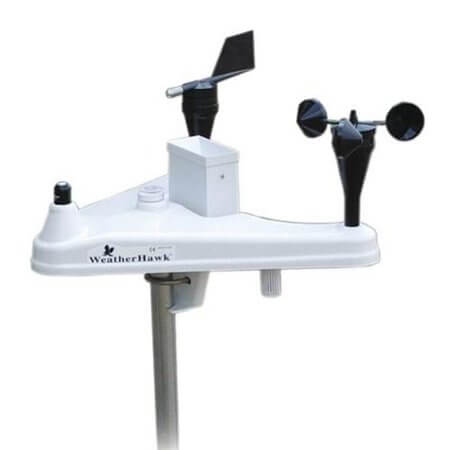

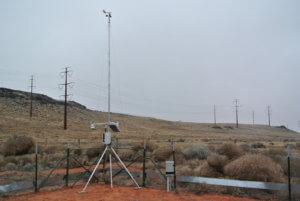 Every weather station company has their own stories about equipment caught in wildfires, to which we add our own.
Every weather station company has their own stories about equipment caught in wildfires, to which we add our own.
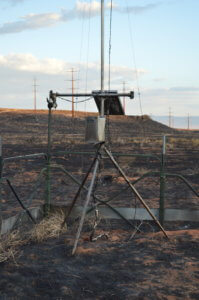
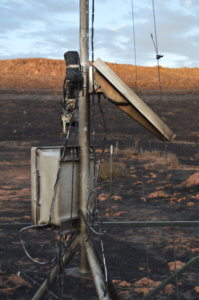
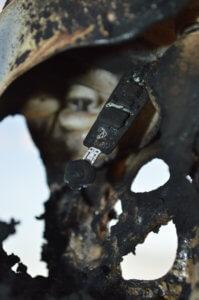
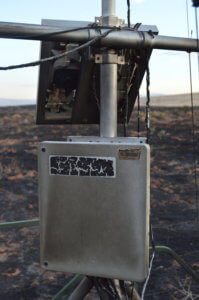
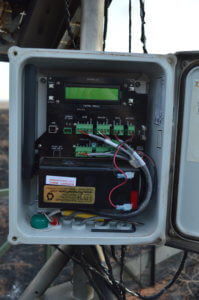
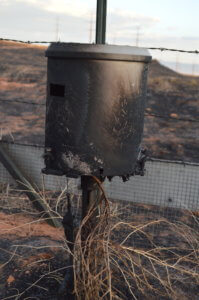
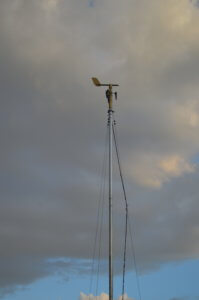
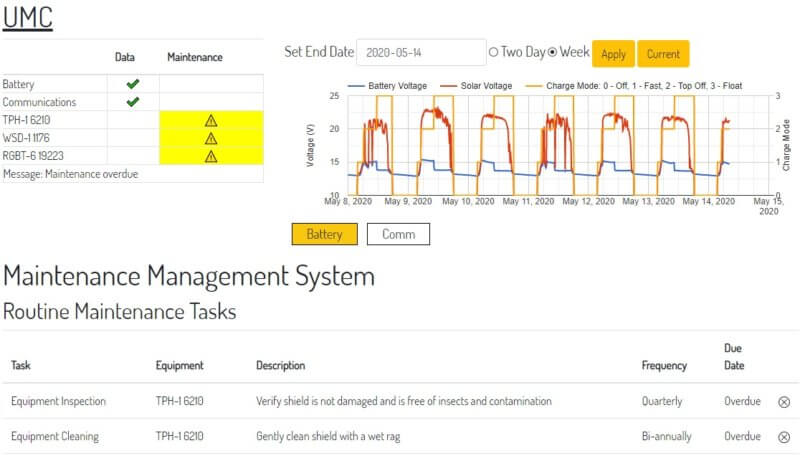 Just like any other piece of equipment exposed to the elements, weather stations need occasional service. For a hobbyist, weather station maintenance is not a problem: one station, one user. However, for professional users, maintenance tasks compete for time and resources. Staff changes can also cause a loss of continuity of knowledge.
Just like any other piece of equipment exposed to the elements, weather stations need occasional service. For a hobbyist, weather station maintenance is not a problem: one station, one user. However, for professional users, maintenance tasks compete for time and resources. Staff changes can also cause a loss of continuity of knowledge.

